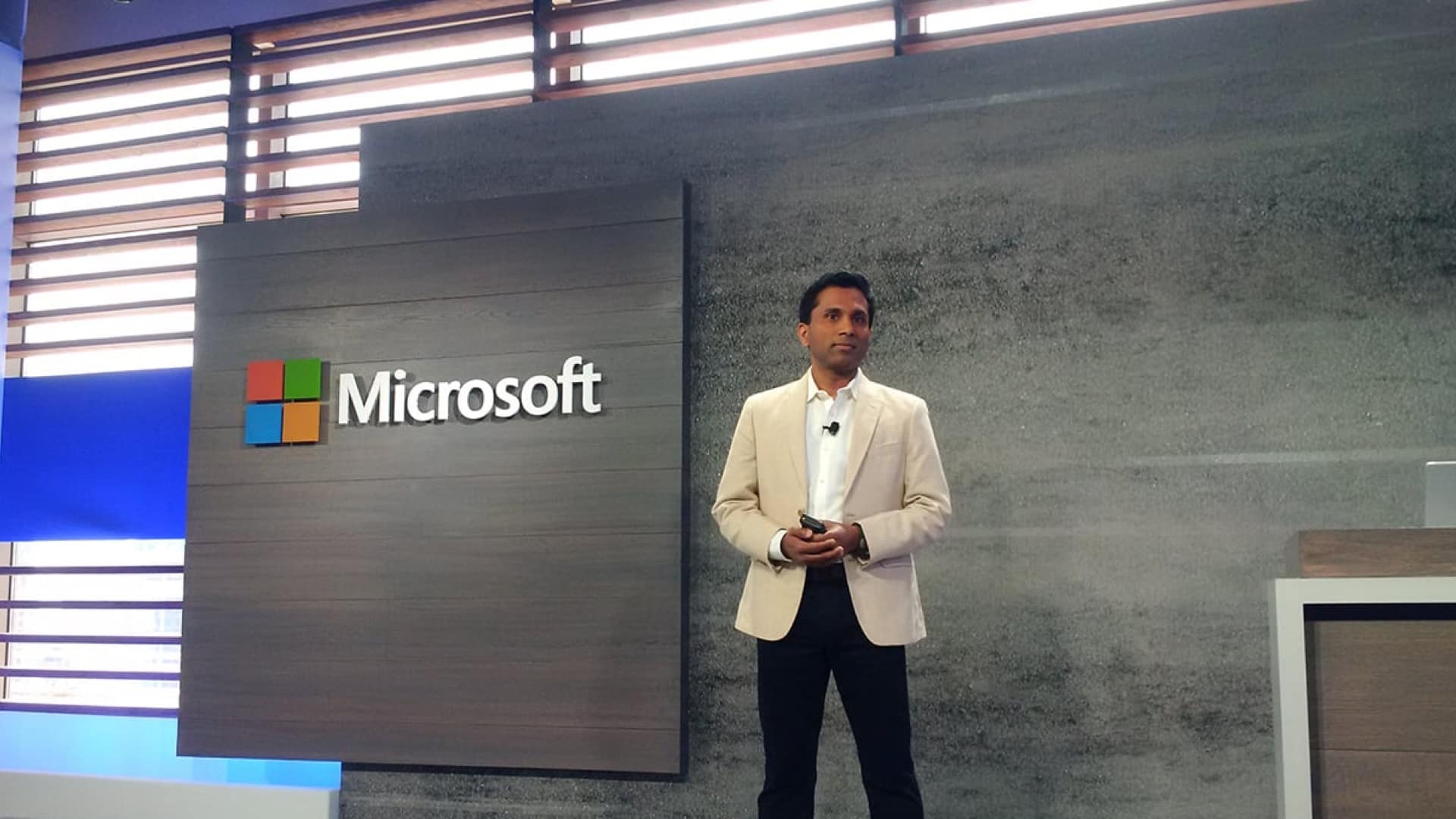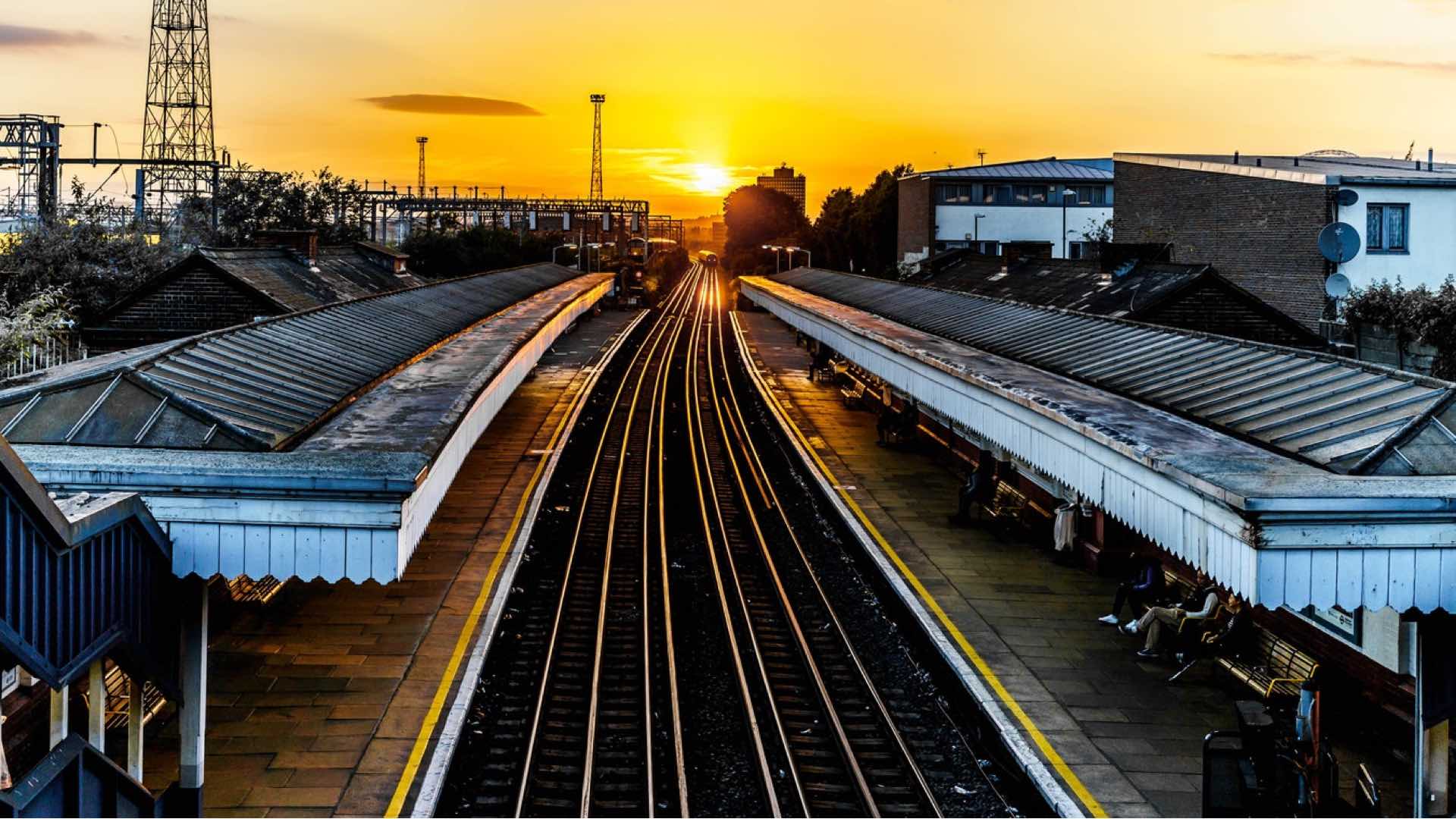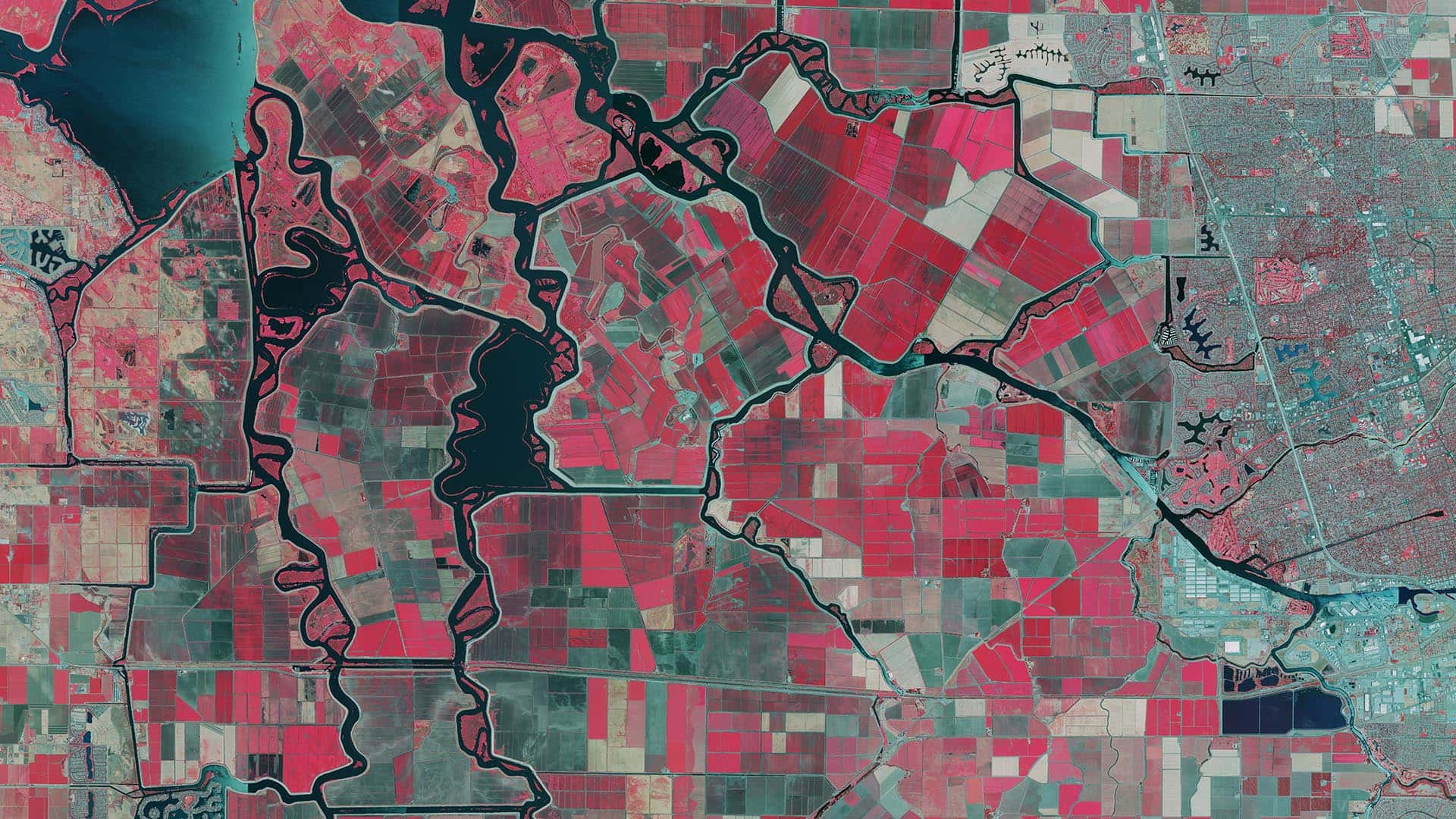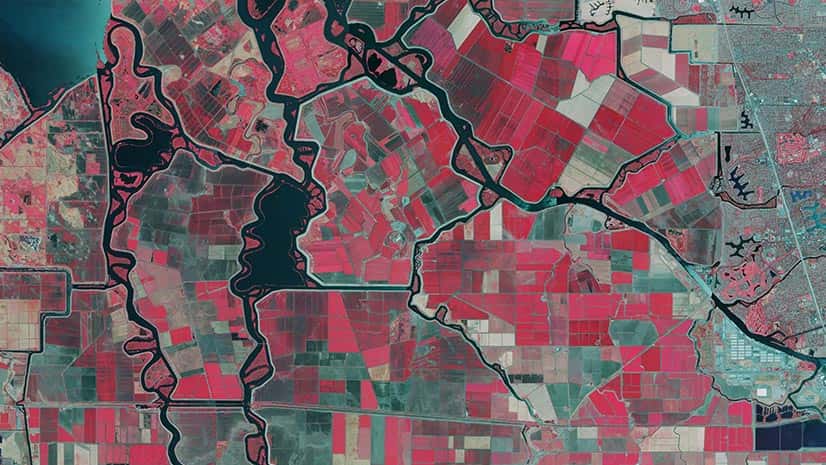As many as 41,000 people depart SunTrust Park on any given summer night after a game hosted by the Atlanta Braves baseball team. Those departing fans often see nothing but green lights at key crowded intersections, thanks to a system built on location data and artificial intelligence (AI).
The goal at every game is to move people on foot in and out of the stadium in the safest, most expeditious manner. That happens routinely because the Braves organization collaborated with Cobb County Police Department and Cobb County Department of Transportation (DOT) officials to create a control center deep within the ballpark that leverages advanced technologies, including AI and a geographic information system (GIS).
The control center, run by Cobb Police Lt. J. D. Lorens, features eight 42-inch video screens and more than 70 live camera feeds monitoring the ballpark’s pathways and surroundings. Those feeds also track 30 critical intersections near the park, including three crucial traffic-prone spots where pedestrians and cars come together. With so much to monitor and limited resources to manage it all, quick insight and fast action are critical to keeping fans and residents safe and happy.
Lorens spends most Braves games in the middle of SunTrust’s bustling command center. In addition to managing all aspects of stadium security, he and his officers synchronize the flow of vehicular and pedestrian traffic near the stadium.
Since the first pitch of the 2018 season, they’ve had help from a GIS-powered operations dashboard bolstered by artificial intelligence. The GIS enables Lorens and his team to visualize spatial relationships—the location of every traffic light and camera in the area, and the distance between them. That location data is a critical input to the IBM Watson-based AI system, which analyzes foot traffic through real-time video feeds.
Together, the two technologies gauge the flow of pedestrian traffic by reading the number of pixels on screens, rather than faces or the actual number of fans. As the density of fans heading toward a particular intersection grows, the AI system recommends a change to the relevant traffic light sequence outside the ballpark.
AI Enables Split-Second Decisions
The system has its roots in a conversation between Lorens and members of the Cobb County GIS team. Lorens recalls the team asking how he knew when to adjust traffic lights based on pedestrian movement inside and outside the stadium.
As he described his process—which drew mostly on experience and educated guesses—the team asked, “Would it be helpful for a computer to tell you when to do this?” Lorens jumped at the idea. “I’ve got 70-something cameras I’m watching [and] 30 critical intersections,” he explains. “It allowed me to divide my attention amongst other things.”
Now the AI and GIS dashboard provides advance notice of potential pedestrian and vehicular traffic bottlenecks. Once the system flashes a predictive alert, Lorens can send an officer or two to manually direct pedestrians and motorists to speed the flow.
The most immediate payoff of merging AI and GIS at SunTrust Park is something every traffic-obsessed resident of metro Atlanta can appreciate. Lorens and his crew routinely empty out the stadium and surrounding area within 35 minutes or less during weekday games. Compare that to an hour—and often more—at the Braves’ old home, Turner Field in downtown Atlanta. That’s a big deal, especially in a region plagued by decades of traffic congestion.

AI-derived predictions that are tied to location augment human intelligence and interactions—by keeping stakeholders informed in advance.
Location Intelligence Critical to Speedy Development Plan
The Braves recently completed their second season at SunTrust field, which in early 2014, was nothing more than an empty 60-acre lot about 10 miles northwest of downtown Atlanta.
The new ballpark, along with surrounding retail, office, and commercial space, was built in little more than two and a half years, in time for the Braves’ opener in April 2017.
Starting from scratch allowed the Braves, Cobb County, the state DOT, and other government agencies and private companies to collaborate on creating and managing what essentially became a new town near the confluence of two major highways—interstates 75 and 285.
“Because [the land] was not developed,” says Jennifer Lana, Cobb County’s GIS manager, “the county and the Braves had the opportunity to install a lot of new technology to do management and training. . . We jumped forward a few years in technology.”
Cobb County had already mapped the site in its GIS, effectively creating a 3D digital twin of the area. The twin—now used extensively in the SunTrust Park control room and the AI system—allowed site planners to quickly model zoning scenarios for the entire land parcel.
“[W]e did use GIS for sharing plans, addressing the roads, naming the sites, because it was like a new city,” Lana says. “All the zoning changes went into GIS. Every utility line that we installed, every storm water pipe, every valve, all the fire marshal’s plans.”
Without GIS, AI, and related programs, the ambitious construction schedule would not have been possible, says Sharon Stanley, who oversees all information technology for Cobb County.
Recalling a conversation she had with members of her tech team back when the stadium first opened, she says, “We’d have gotten here without the machine learning and the [artificial] intelligence, but it would’ve been two years from now.”
Stanley says she considers GIS and AI—and any other type of information technology—to be tools that can accelerate the pace of projects large or small. “Citizens don’t give taxes to get IT,” she says, but the agencies that serve those residents benefit every day from modern technology.

An intelligent system powered by GIS and AI adapts to changing situations, making predictions that are intelligent and comprehensible by any decision maker.
AI Likely a Job Creator
Some observers fear that AI in the workplace could replace humans and result in higher unemployment. Chatbots, for example, have taken the place of some customer service jobs.
But research from analyst firm Gartner maintains that AI will create two million new jobs by the year 2025. AI, Gartner concedes, likely will eliminate middle- and low-level positions but will end up producing skilled employment opportunities, especially in management.
As a recent WhereNext article noted,
Just as search engines revolutionized the speed of information discovery and knowledge sharing, AI and location data are accelerating business activities by performing some tasks faster than humans can, with more data. The benefit isn’t simply faster decisions, It’s smarter decisions.
Gartner predicts that AI will be used to augment human capabilities, as it does at SunTrust Park. For instance, Lorens routinely relies on AI to keep him informed and ahead of any potential crowd and traffic issues.
Traffic Concerns Morphed into Pedestrian Worries
When the Braves announced in 2013 that the club would be moving from Turner Field to a planned stadium in Cobb County after the 2016 season, one of the biggest worries was traffic. How would people get to the stadium without overrunning local roads and interstates?
Traffic engineers decided to widen some Cobb roads, then placed parking garages and spaces 360 degrees around the stadium, near main road arteries. Fans could then be ferried by shuttles to SunTrust Park or walk across one of the two pedestrian bridges that span the highways.
Critical to the plan’s success was the ability to ensure that people could get to and from the stadium safely without fretting about traffic. This is where the ballpark control center and the AI-GIS collaboration came into play. They help Lorens and team keep fans moving around SunTrust Park.
Situated in that command center, Lorens can also use the dashboard to train officers and traffic operations personnel on the best traffic flow strategies.
“[The system] gives the same information every time, no matter who’s looking at it,” he says. “So, somebody else would be able to go in and do what I do without me having to explain every intricate detail.”
For Lorens, that raises the prospect of taking at least one day off during the next Braves’ season.











